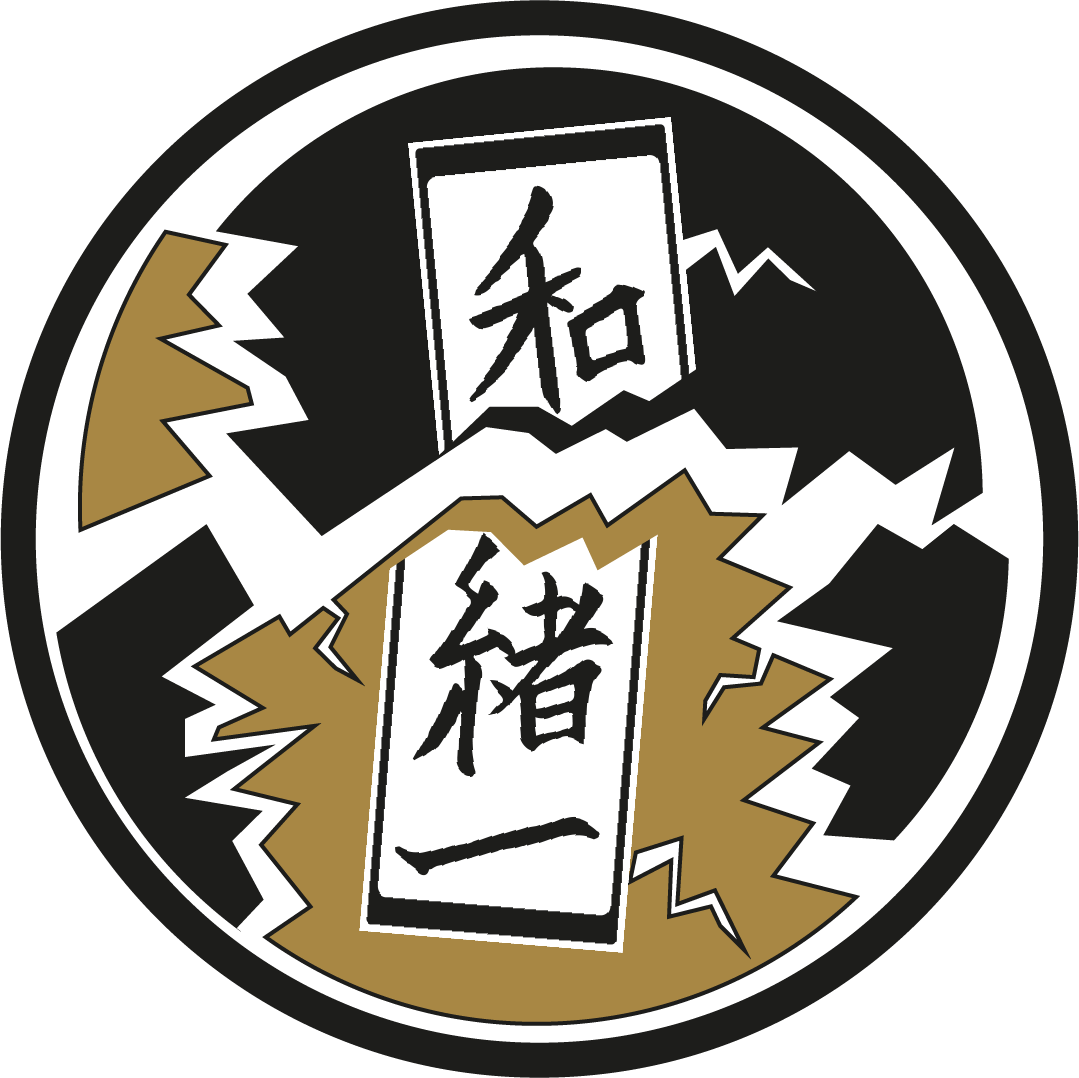
Wasshoi!
A powerful cheer
that brings us together
What is ‘Wasshoi’?
If you have the chance to wander around in Japan during summer, you might stumble upon a local festival (matsuri 祭り). Among the myriads of people gathered to enjoy street food purchased at food stalls (yatai 屋台), chances are that you will hear distinguishable shouts resonating in the air. If you give in to your curiousity and follow them, you will come across a group of men wearing a traditional undergarment (fundoshi 褌) and a short-sleeved jacket (happi 法被), gathered to carry a huge palanquin (mikoshi 神輿). With people crowding to watch the scene, the only thing you will probably hear loud and clear are the voices of the men cheering: ‘Wasshoi! Wasshoi!’
‘Wasshoi’ is a chant typically used by a group of people to synchronize their movements, to encourage each other, and—most importantly, like in the situation described above—to gather strength to carry a heavy load. Usually two halfs of a team shout, ‘wasshoi, wasshoi!’, at each other to create a rhythm that will orchestrate their movements. This cheer is closely connected with festivals, when a community gathers to celebrate their local deity (kami 神) and channel its protection. One of the core events of such a festival is the palanquin procession, a rite during which the deity is brought out of its shrine and carried through the area in a sacred mikoshi. To extend the protection of the deity to its land, the mikoshi is carried along an established path by a team usually made up of local residents or people who have a connection with the community. The mikoshi bearers are almost exclusively men, but some special events do engage women, such as the ‘Gal Mikoshi’ during the Tenjin Matsuri in Osaka. A mikoshi can weigh up to 1.5 tons which makes carrying it not an easy task. Therefore, the members of the mikoshi team need to distribute its weight equally and synchronize their movements to ensure not only their own safety, but also the stability of their deity. And so ‘wasshoi!’ was born, a powerful cheer that falls into the category of kiai (気合い) which are Japanese words meant to materialize the energy, strength and commitment of a person through a shout.
The Meaning of 和緒一
The word ‘wasshoi’ (和緒一) consists of two units: 和 (wa) and 一緒 (issho). 和 (wa) denotes ‘harmony and peace’ and is also used in the meaning of ‘Japanese’.
一緒 (issho) contains the character for ‘one’ (一) and the character 緒 (sho), which can mean ‘thread’ or, metaphorically, ‘something that connects spirits’. So 一緒 points to being together, connected by the same belief. As you might have realized, the order of the last two characters in the title of our magazine is inverted. It’s a non-standard modification of 一緒, which changes the reading into shoi, while the original meaning of ‘unity’ remains.
Summing up, ‘wasshoi’ (和緒一) creates the image of harmonious cooperation, wich is also reflected in our interdisciplinary magazine on Japan.
Wasshoi! Through Time
There is actually no consensus on the origin or the meaning of ‘wasshoi’. The most probable hypothesis sees the constitution of the word during the late Edo period, around the 18th century, when it came to signify the harmony and cohesion of a group. Nowadays ‘wasshoi’ has become, first of all, a cheer meant to coordinate the movement of the mikoshi, embodying the efforts and the burning spirit of its bearers. They shout ‘wasshoi!’ to gain strength themselves and increase the conviction of the other bearers. As such, ‘wasshoi’ can be interpreted as the commitment of an individual to be part of a group, the willingness to lend your strength for a shared goal.
Over time ‘wasshoi!’ came to be used outside its festival context too. It is not uncommon to hear it chanted during a sports event. In this case, ‘wasshoi!’ conveys the energy of the crowd and the support of the audience for their team. However, it is not necessarily a feature of cheerful events only. During the student protests of the 1960s, ‘wasshoi!’ was one of the chants shouted by rioting students facing the police.
In conclusion, ‘wasshoi!’ is a powerful cheer that contains the will of an individual to gather one’s strength and transmit it to the group. It is an aid that encourages all members of a group and allows them to act as one entity. At last, it is a metaphor for the commitment to work towards a common goal.
With the above in mind, we have decided that Wasshoi! is the perfect title to convey the essence of our project. We are a team of young people with a common interest in Japan, mostly researchers and students actively investigating in various fields and disciplines. We gathered together with the goal of sharing our experiences and insights, thus creating a hub to share knowledge about Japan—in the form of a comprehensive and interdisciplinary digital magazine, available to all.
We are the team carrying the magazine Wasshoi! on our shoulders, with all our might, together.
‘Wasshoi! Wasshoi!’
Hakata Gion Yamakasa festival in Fukuoka:
A group of people chanting ‘wasshoi!’ after a purification ritual (misogi 禊) at the Hakozaki shrine.

